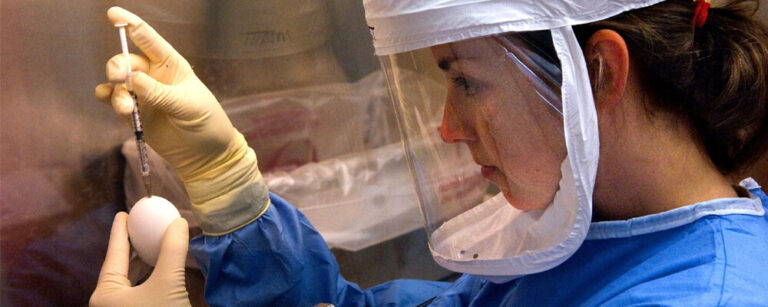
First, you need to understand what anaerobic and aerobic respiration is and after that we will talk what is the main difference between aerobic respiration and anaerobic respiration?
Anaerobic is the absence of oxygen, while aerobic is the presence of oxygen. These meanings are clearer. You can also apply the meaning to find that aerobic respiration occurs in the presence oxygen.
Anaerobic respiratory means that respiration occurs in the absence or partial saturation of oxygen and the chemical reaction that involves the reduction of a nutrient molecule in order to produce energy is called respiration. It can also occur in the mitochondria, or the cytoplasm, of a cell in an anaerobic or aerobic manner.
What is Aerobic Respiration?
Aerobic respiration refers to the chain of reactions that enzymes catalyze. This mechanism also includes electron transfer from molecules that provide fuel, such as glucose, to oxygen. It also functions as the final electron receiver.
It is therefore the main pathway that produces the energy for aerobic respiration. This scheme provides ATP and other metabolic intermediates that are precursors to many other pathways within the cell like protein synthesis and lipid synthesis.
The equation for aerobic respiration reads:
C6H12O6 (Glucose) + 6O2 (Oxygen) – 6CO2 (Carbon Dioxide) + 6H2O (Water) + energy (as ATP)
What is Anaerobic Respiration?
Anaerobic and aerobic respiration differs in that oxygen is involved when glucose is converted to energy. This system was also developed by bacteria, which uses oxygen-containing salts as an electron acceptor.
Anaerobic respiration also produces energy that is useful in times of high energy demands in tissues. The oxygen produced by aerobic respiration is not sufficient to meet the demand. It is however not as much as aerobic respiration.
- Anaerobic respiration can be described as:
- C6H12O6 (glucose), – 2C3H6O3 (Lactic Acid), + Energy
What is the main Difference between Aerobic and Anaerobic Respiration?
-
Aerobic Respiration
In aerobic respiration, the total yield of ATP is 40. It is broken down into four components: 2 from glycolysis, 2 by the TCA and finally 34 from electron transport. It is 38 ATP per time, as 2 ATP was used in early Glycolysis.
The amount of total energy that is released is 2900 kJ/mol glucose. There are several stages involved in aerobic respiration. Therefore, Aerobic Respiration is comprised of three stages: Glycolysis (the Krebs cycle) and Oxidative Phosphorrylation (the Oxidative phosphorylation).
-
Anaerobic Respiration
You can see the reaction of glucose. However, it doesn’t completely breakdown and produces much less energy. The energy released is therefore 120 kJ/mol glucose. It also produces lactic acid.
Anaerobic respiration can be very beneficial for producing electricity in microbial-fuel cells. It also uses bacteria that can respire solid electron acceptors like oxidized Iron to transfer electrons from reduced compounds into an electrode.






